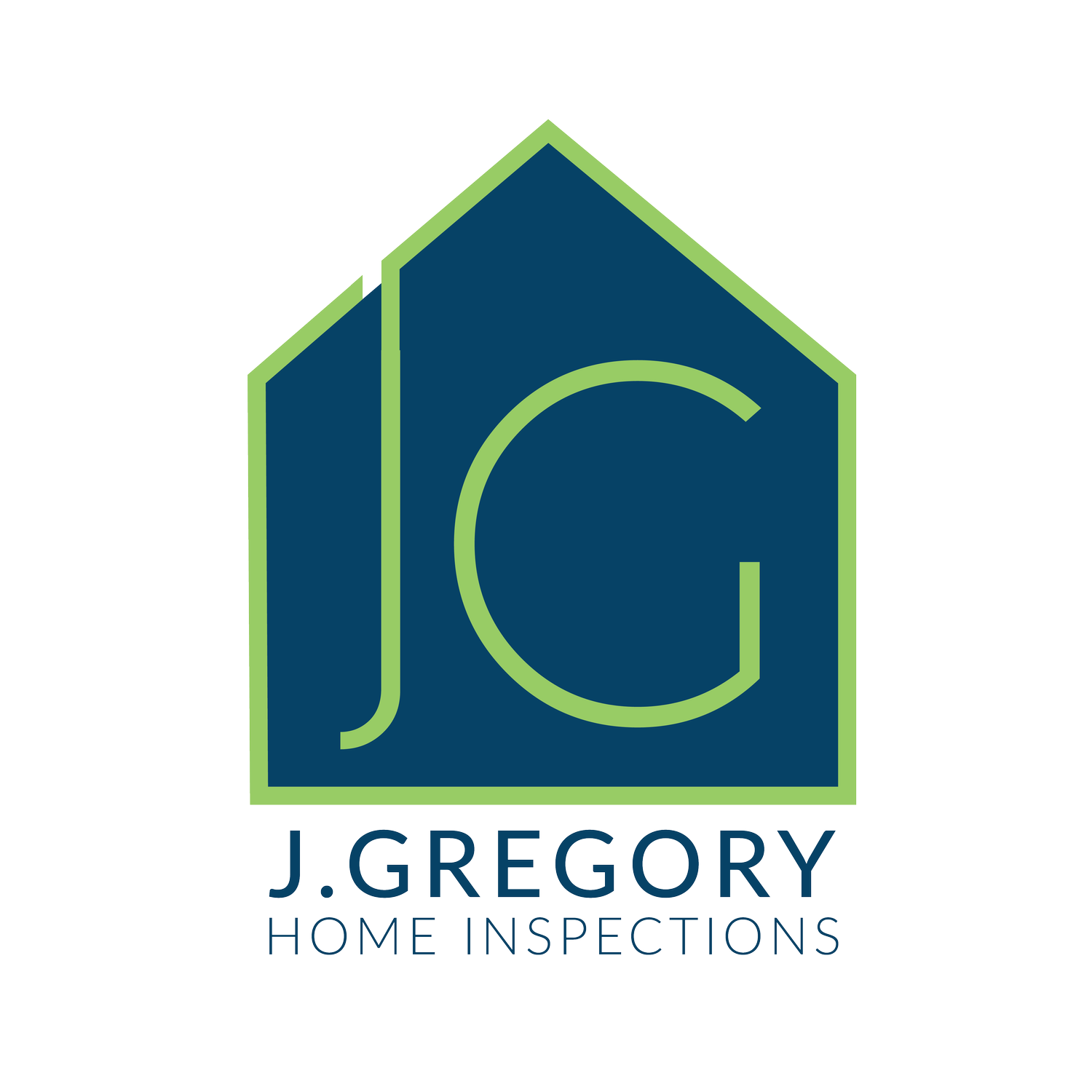Unveiling the Dangers of Poor Attic Ventilation: A Home Inspection Perspective
While often overlooked, the attic plays a critical role in maintaining a healthy and efficient home environment. Proper attic ventilation is essential for preserving the structural integrity of the roof, preventing moisture buildup, and enhancing energy efficiency. Unfortunately, many homeowners are unaware of the potential dangers associated with poor attic ventilation. In this article, we'll explore the consequences of inadequate attic ventilation and provide insights for home inspectors and homeowners alike.
Understanding Attic Ventilation: Attic ventilation involves the exchange of air between the attic space and the exterior environment. Proper ventilation allows fresh air to enter the attic while facilitating the expulsion of stale air, excess heat, and moisture. Common ventilation components include soffit vents, ridge vents, gable vents, and attic fans. When ventilation is insufficient, the attic becomes susceptible to a range of problems that can compromise the integrity of the home.
Consequences of Poor Attic Ventilation:
Moisture Buildup: Inadequate ventilation can lead to moisture accumulation in the attic, resulting from factors such as condensation, roof leaks, or excessive humidity. Persistent moisture buildup can promote mold growth, wood rot, and structural damage.
Heat Retention: During the summer months, a poorly ventilated attic can become a heat trap, causing temperatures to soar to excessive levels. Heat buildup can accelerate the deterioration of roofing materials, increase energy costs, and diminish indoor comfort.
Ice Dams: In cold climates, inadequate attic ventilation can contribute to the formation of ice dams along the roof's eaves. Ice dams occur when melted snow refreezes at the roof's edge, leading to water backup and potential leaks into the attic and interior spaces.
Premature Roof Aging: Excessive heat and moisture in the attic can accelerate the degradation of roofing materials, including shingles, underlayment, and roof decking. Premature roof aging can necessitate costly repairs or replacement long before the expected lifespan of the roof.
Poor Indoor Air Quality: Moisture-laden air trapped in the attic can seep into the living spaces below, compromising indoor air quality and exacerbating respiratory issues. Mold spores and other allergens may circulate throughout the home, posing health risks to occupants.
Identifying Signs of Poor Attic Ventilation: During a home inspection, there are several indicators that may suggest inadequate attic ventilation:
Excessive Heat: Elevated temperatures in the attic, especially during the summer months, indicate poor ventilation.
Moisture Stains: Water stains or mold growth on attic surfaces, including rafters, insulation, and roof decking, suggest moisture infiltration.
Ice Dams: The presence of ice dams along the roof's eaves indicates insufficient ventilation and insulation.
Roof Damage: Curling, buckling, or deteriorating roofing materials may result from prolonged exposure to heat and moisture.
Musty Odors: Foul or musty odors emanating from the attic suggest mold or mildew growth due to excess moisture.
Addressing Poor Attic Ventilation: Correcting inadequate attic ventilation requires a combination of measures to facilitate proper airflow and moisture control:
Install Vents: Add or upgrade ventilation components such as soffit vents, ridge vents, or gable vents to promote air circulation.
Seal Air Leaks: Seal gaps, cracks, and openings in the attic to prevent the infiltration of warm, moist air from the living spaces below.
Increase Insulation: Improve attic insulation to minimize heat transfer between the interior and exterior, reducing the risk of heat buildup and moisture condensation.
Consider Attic Fans: Install attic fans or powered ventilators to enhance airflow and expel stale air from the attic space.
Professional Evaluation: Consult with a qualified roofing contractor or HVAC specialist to assess the attic's ventilation needs and recommend appropriate solutions tailored to the home's configuration and climate.
Poor attic ventilation poses significant risks to the structural integrity, energy efficiency, and indoor air quality of residential properties. Homeowners and home inspectors must be vigilant in identifying signs of inadequate ventilation and addressing underlying issues promptly. By understanding the consequences of poor attic ventilation and implementing effective ventilation strategies, homeowners can safeguard their homes against costly damage and ensure a healthy, comfortable living environment for years to come.


